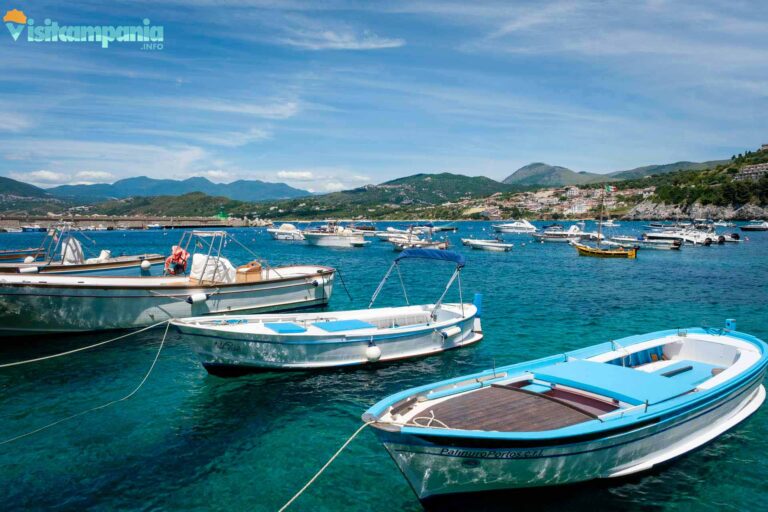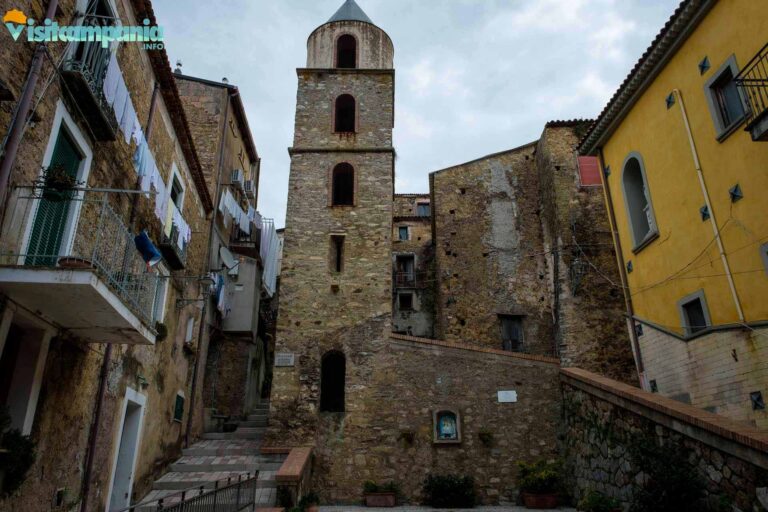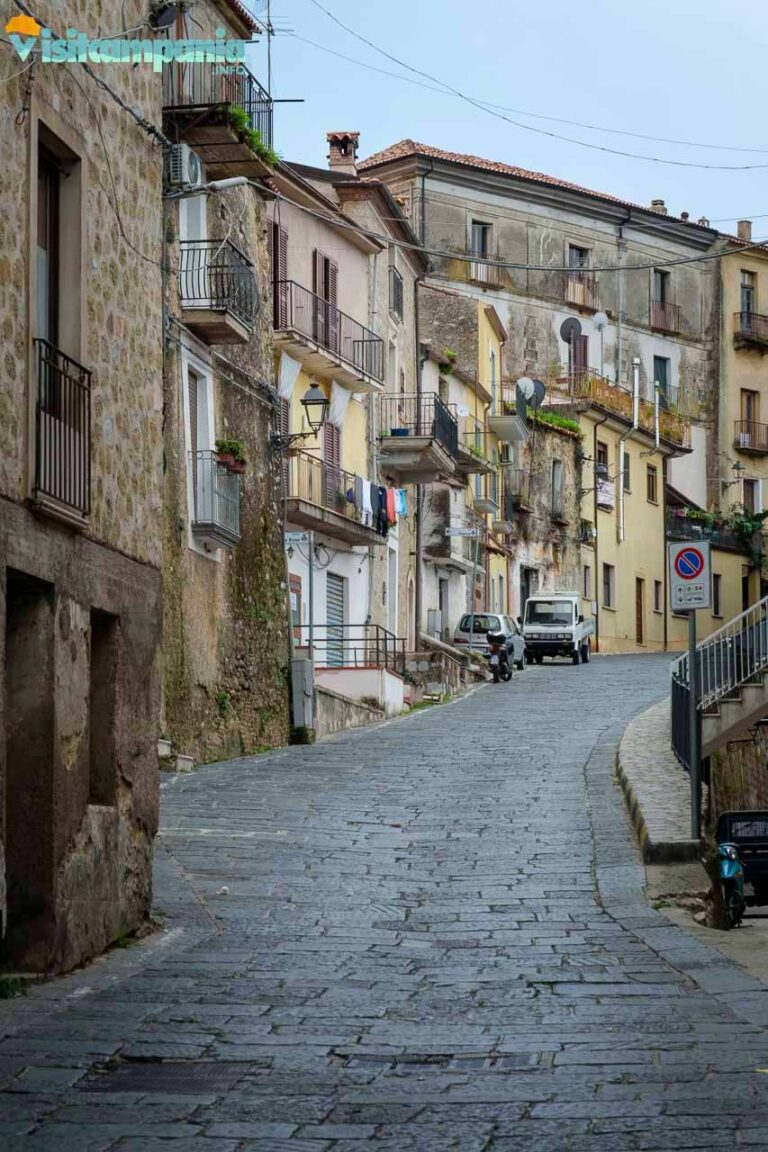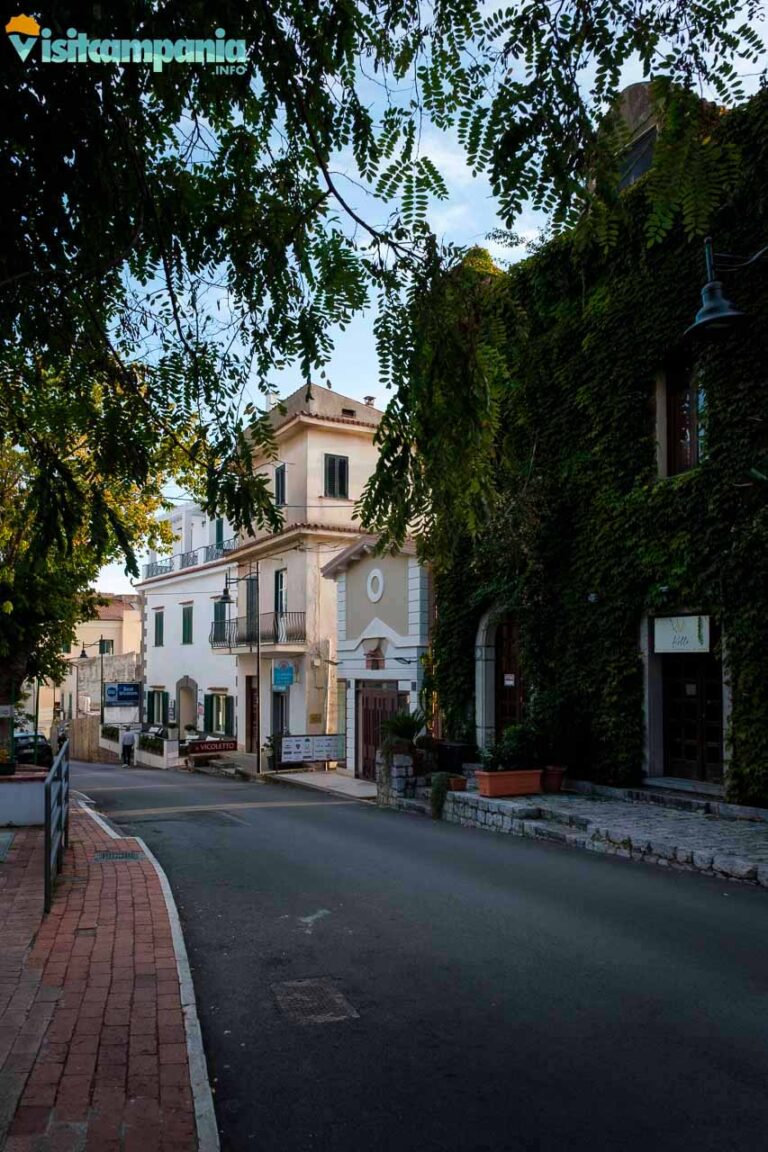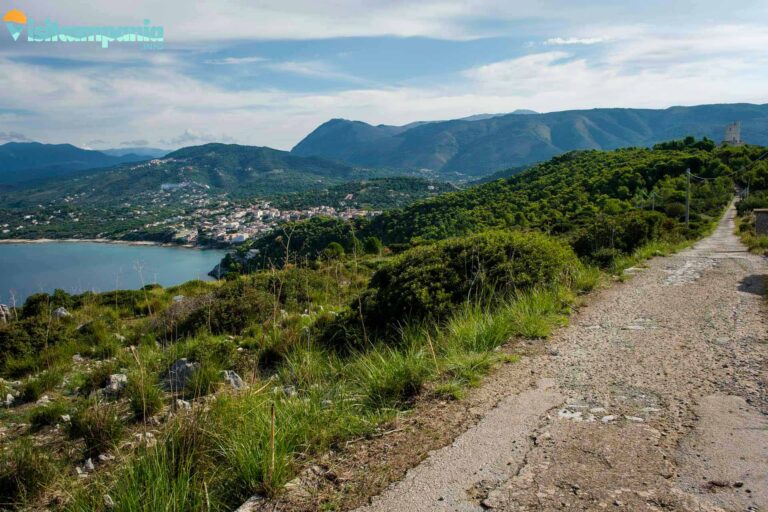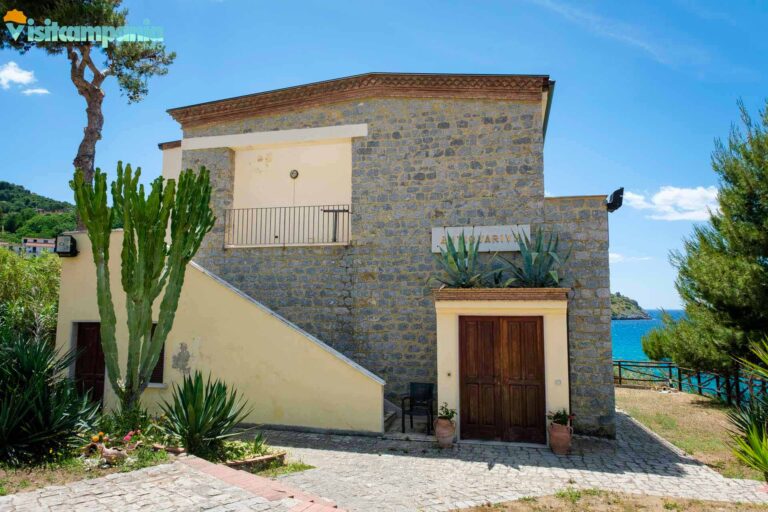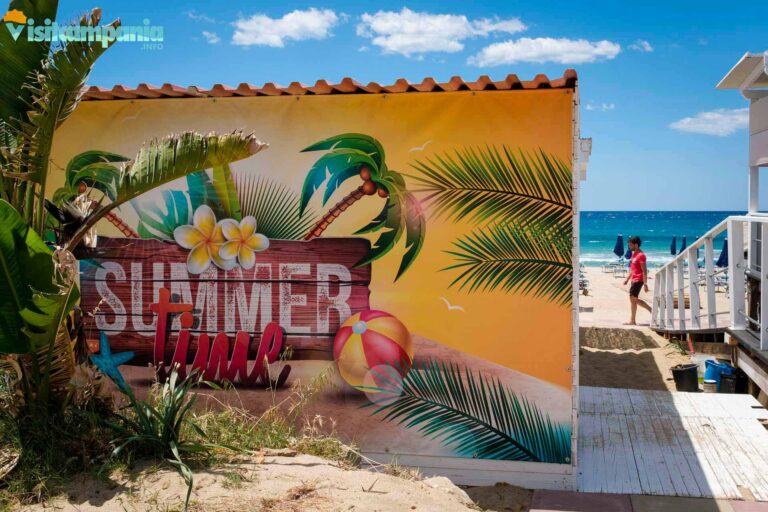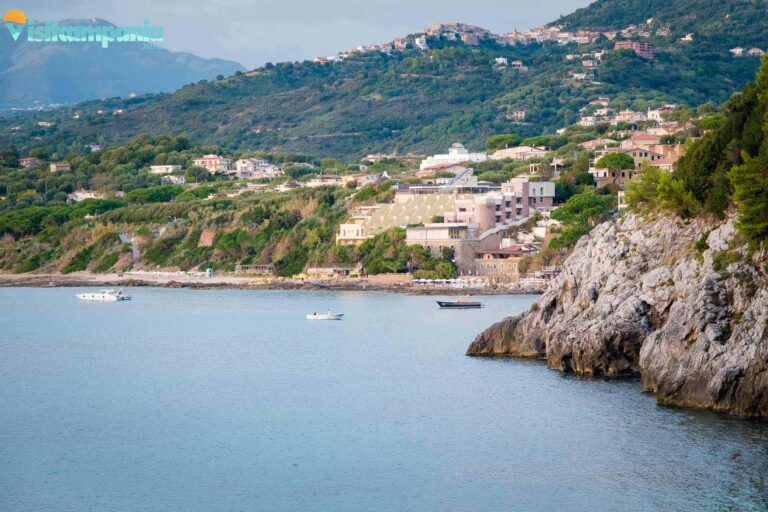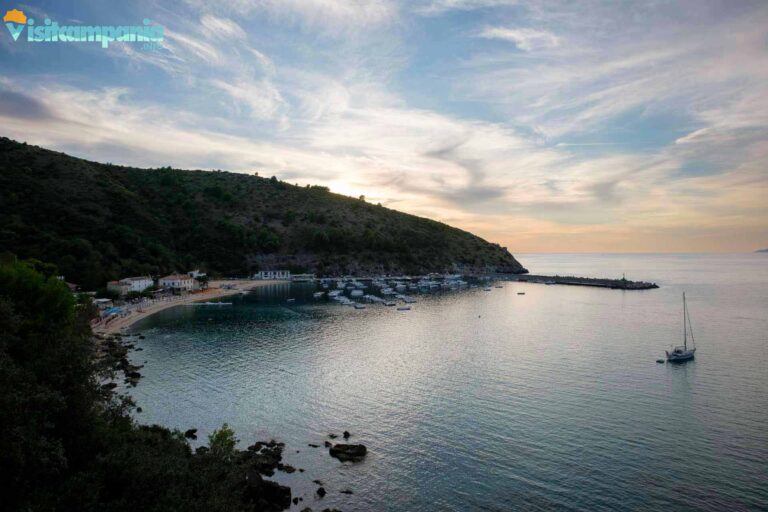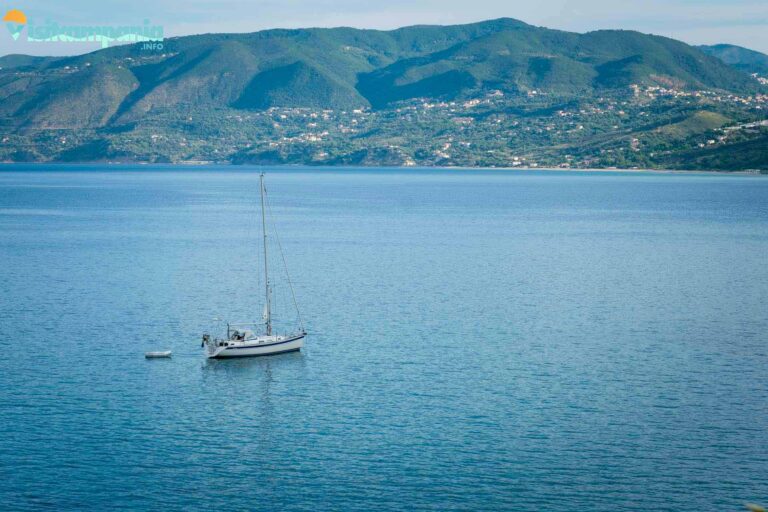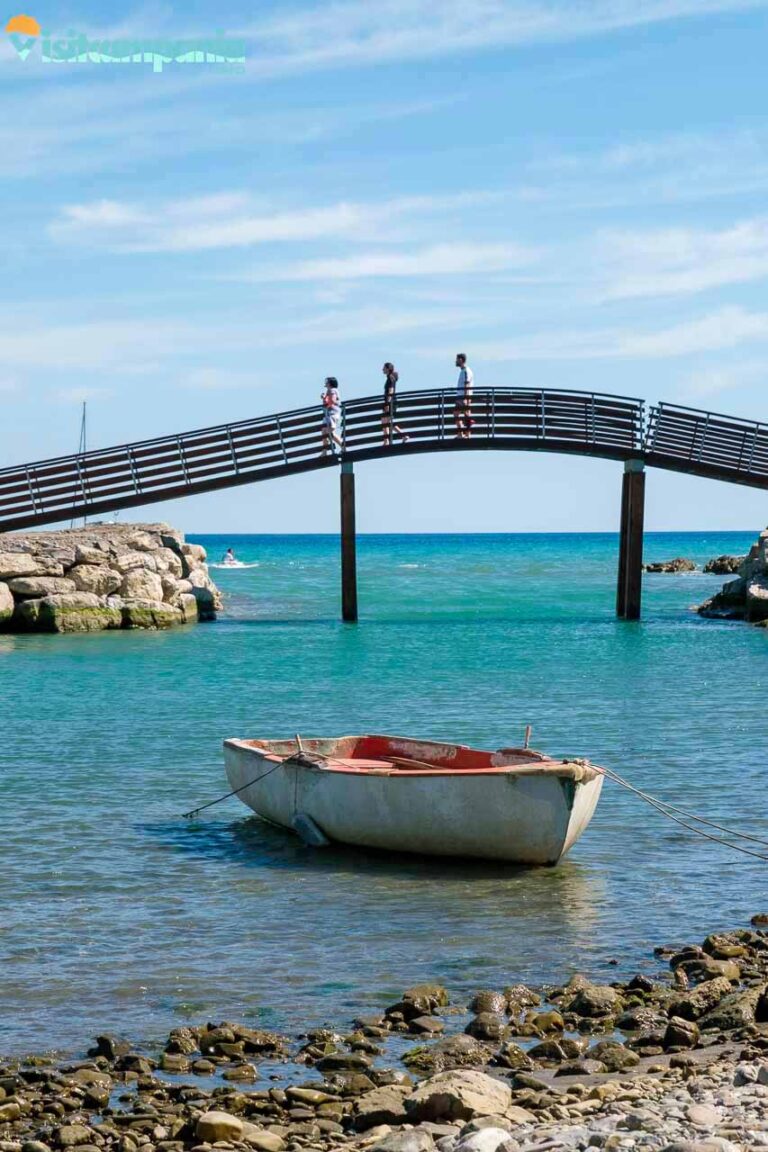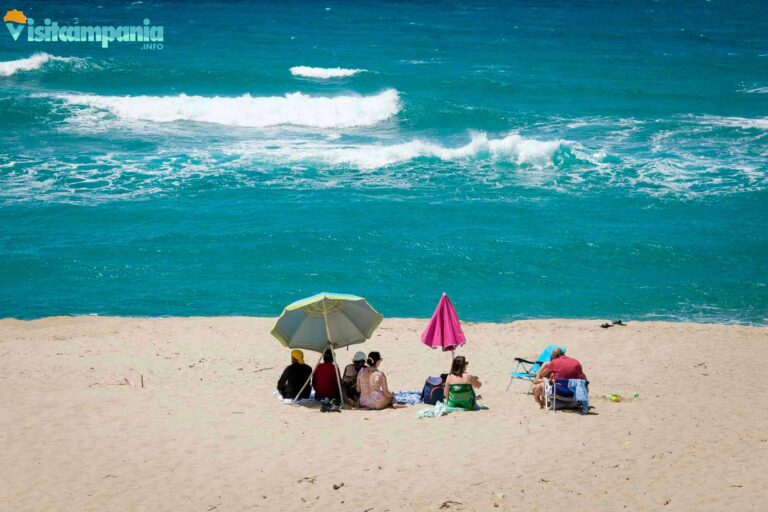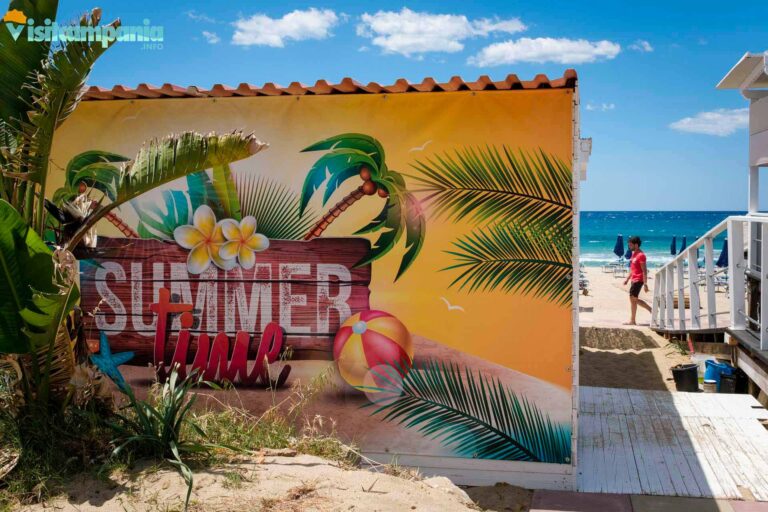What is Centola?
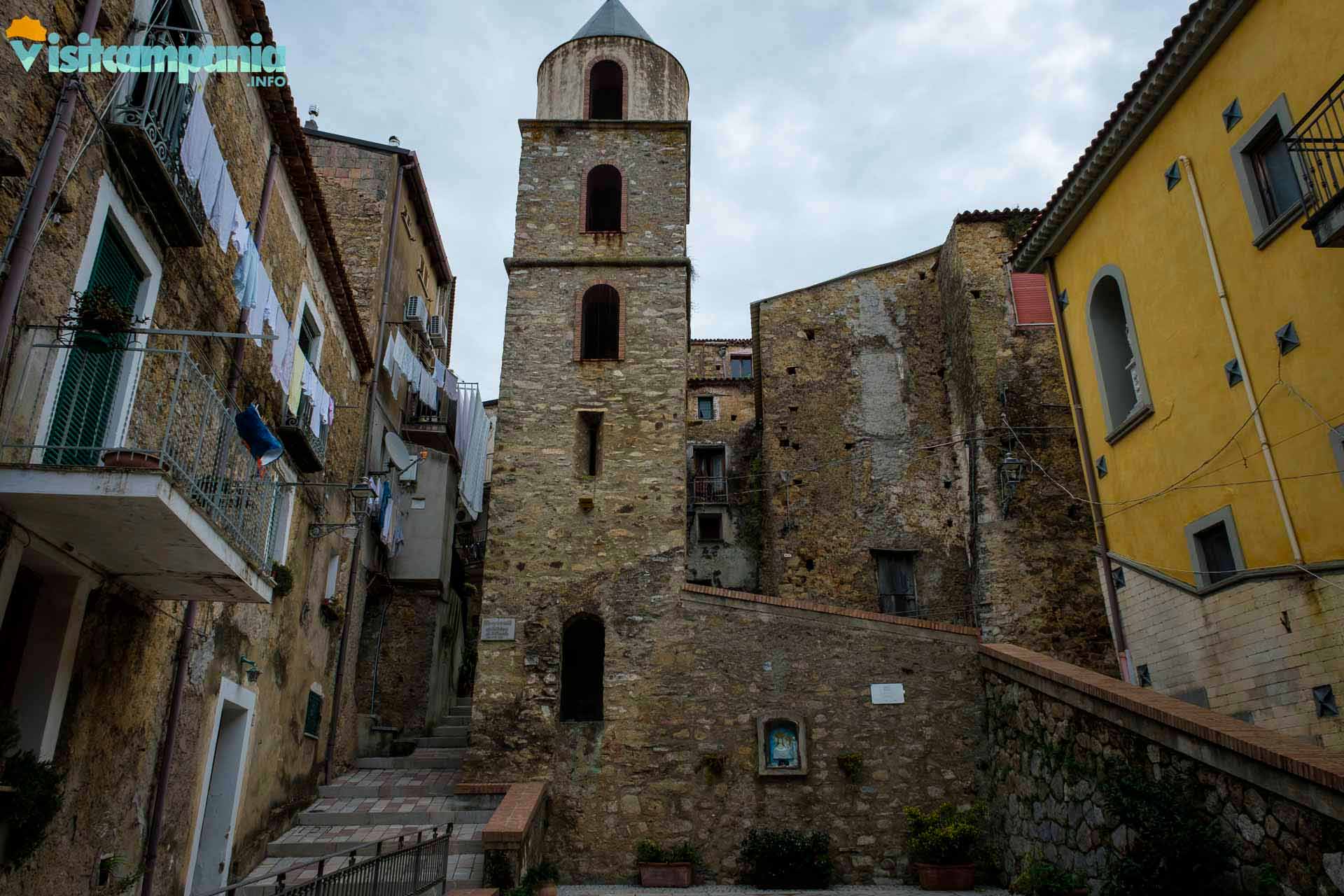
Centola, in the province of Salerno , is a village of about 5,000 inhabitants in the Cilento, Vallo di Diano and Alburni National Park . It lies approximately 336 meters above sea level on a spur between the Lombro and Mingardo rivers, on the slopes of Mount Rondinella.
From a tourist point of view, Centola does not have any particularly significant attractions apart from the enchanting landscape and environmental scenery which offers various trekking possibilities and, above all, the hamlet of Palinuro, one of the most popular seaside resorts in the whole of Cilento .
Brief historical notes
The Centola area has been inhabited since the Iron Age . In the San Paolo area , necropolises dating back to the 6th century BC have been unearthed, as well as the remains of ancient Molpa, a city destroyed by the Byzantine general Belisarius in 547 AD. The survivors founded a new settlement on higher, safer levels, giving rise to Centola , whose name likely derives from “one hundred fugitives” (Centum Illuc) . Soon after, it came under Lombard rule, and then passed in succession to the Normans, Swabians, Angevins, Aragonese, and finally the Bourbons.
During the Middle Ages, the heart of Centola’s urban center was the village of San Severino di Centola , a medieval hamlet founded between the 10th and 11th centuries, about 8 km from the current city center. The village takes its name from the powerful Norman Sanseverino family , who held sway until the 15th century. It lost importance with the advent of firearms, and was finally abandoned between the 19th and 20th centuries due to the construction of the railway and the population’s relocation to the valley.
In the 19th century, Centola participated in the Cilento revolt of 1828 and adopted the famous Proclamation of Palinuro . The municipality was established in 1861 , immediately after the unification of Italy, and then faced a large emigration to the Americas.
What to see in Centola
Palinuro
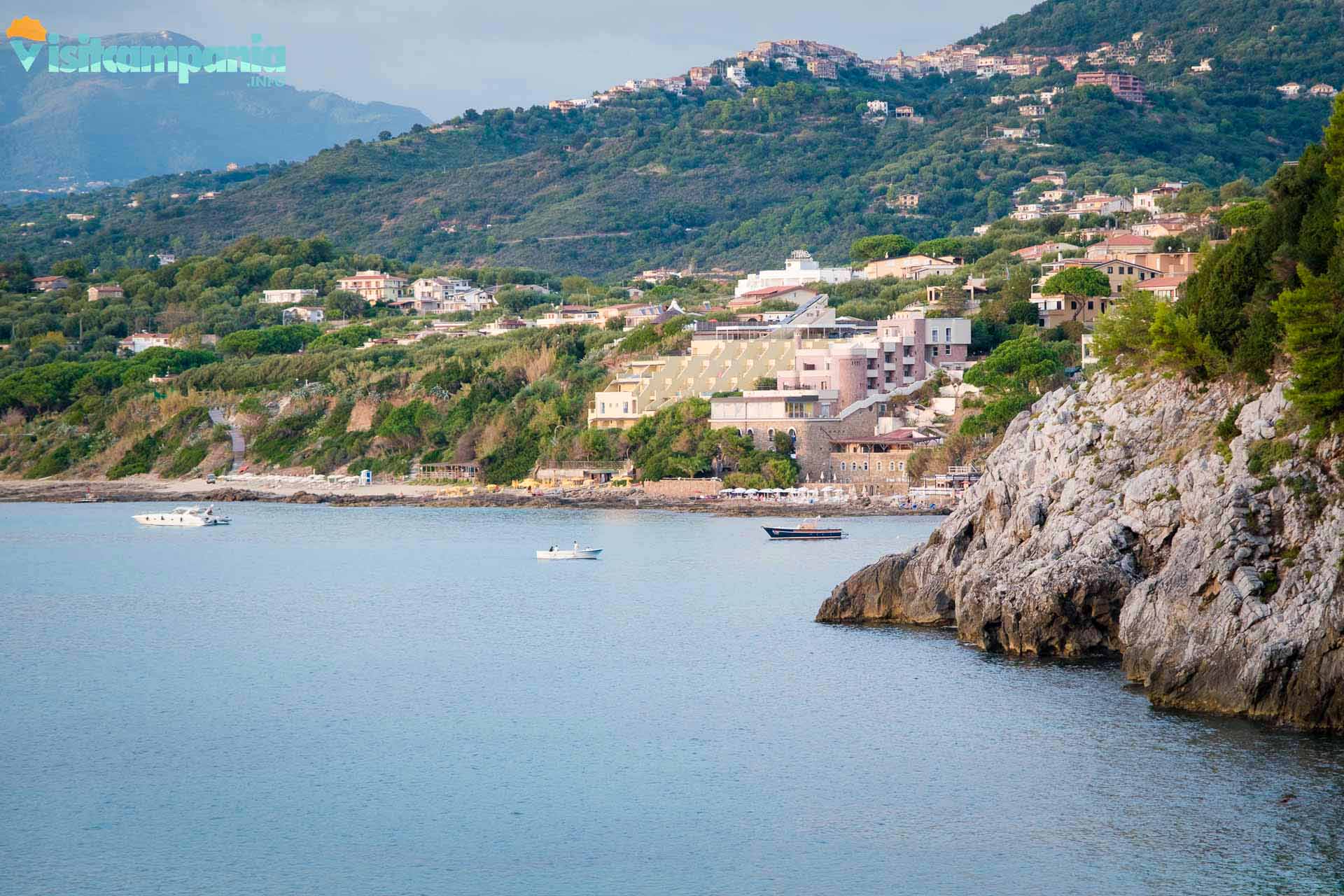
Palinuro is the most famous and touristy hamlet in the municipality of Centola, about 6 km away . It lies along the Cilento coast, in the heart of the Cilento, Vallo di Diano and Alburni National Park, overlooking the eponymous promontory of Capo Palinuro .
Palinuro is a nationally renowned seaside resort , famous for its Blue Flag beaches, spectacular sea caves , the Natural Arch , and lively summer tourism . However, it retains an authentic soul, with small shops and landscapes that alternate between sea and Mediterranean scrub.
The beaches
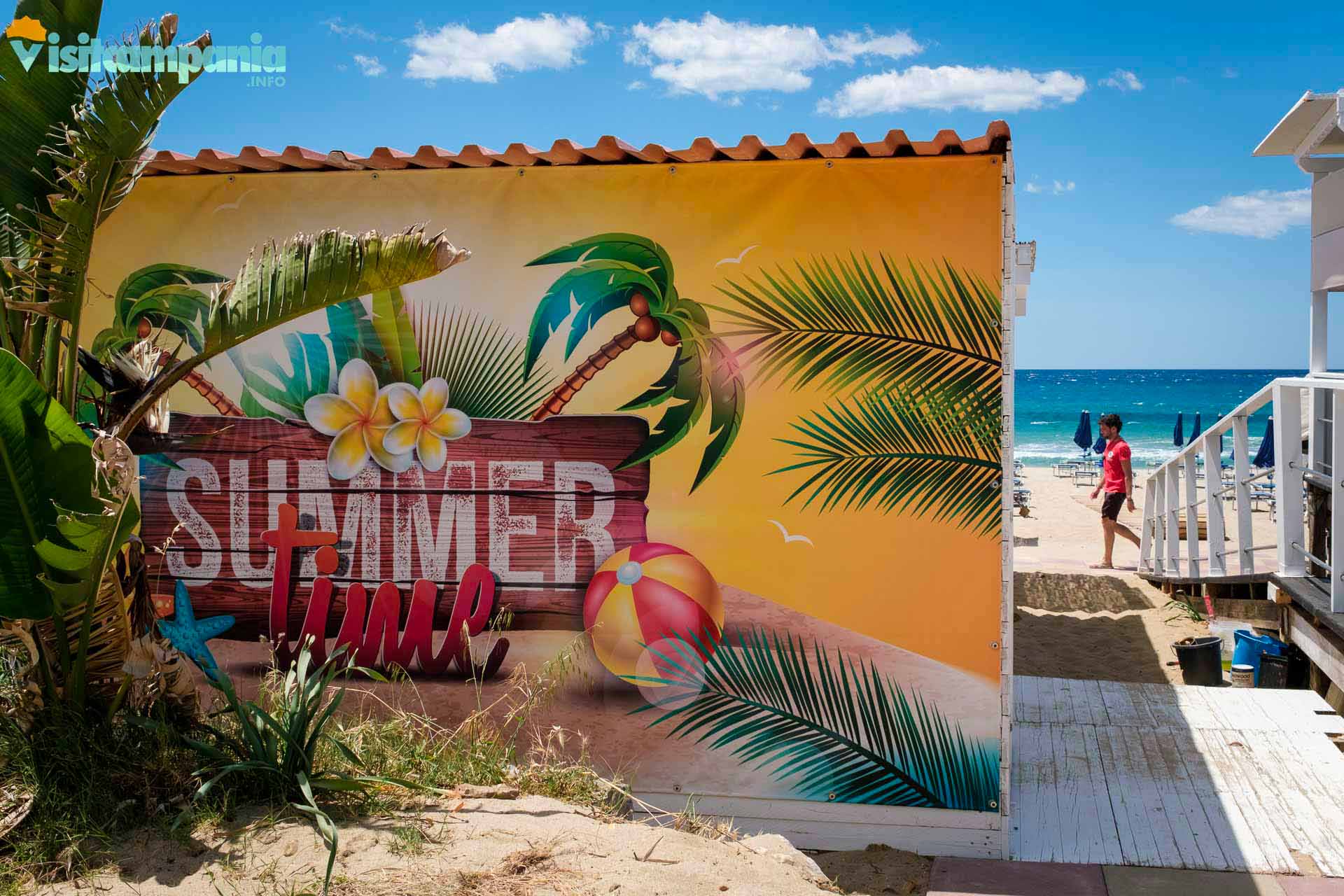
Palinuro is renowned for its golden sand beaches and clear waters , the most famous of which include Marinella Beach near the mouth of the Lambro River, Saline Beach , a large and family-friendly beach, and Buon Dormire Bay , accessible only by sea and perfect for those seeking tranquility. Porto Beach is ideal for families and a starting point for boat excursions to the sea caves, while Ficocella Beach is easily accessible from the center.
Antiquarium of Palinuro
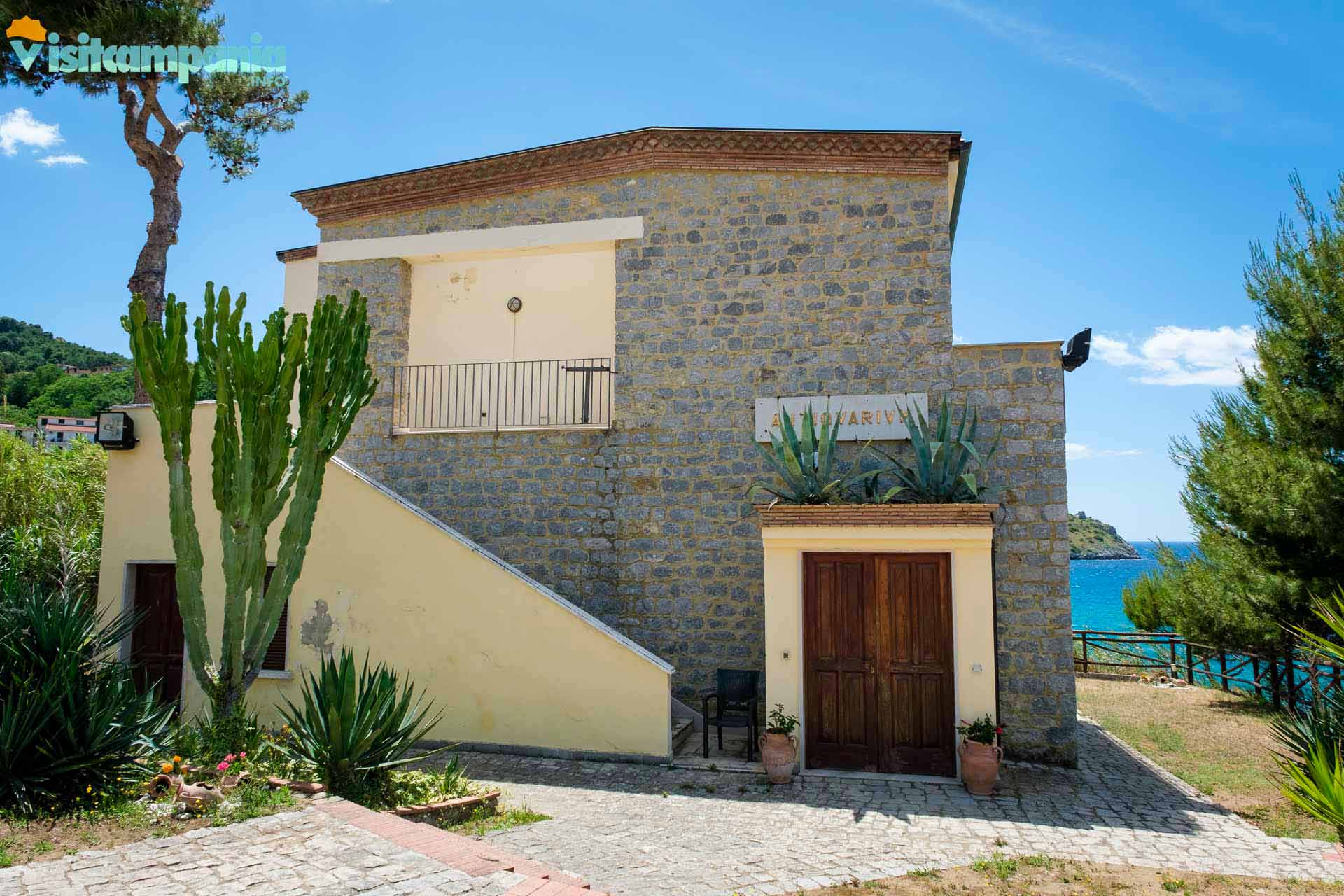
The Antiquarium is easily reached on foot from the center of Palinuro. Located near Ficocella beach, it recounts the area’s millennia-old history . The finds come primarily from the necropolises and sanctuaries discovered along the cape and attest to the contacts between the indigenous populations and the Greek colonists. Palinuro, in fact, was a strategic point on the Mediterranean routes.
The museum is compact but well-maintained . The clear and accessible explanatory panels make the visit suitable even for non-experts. In addition to the visit, the site offers a splendid view of the port and the sea .
The Antiquarium, with free admission , is open every day except Mondays (though it is currently temporarily closed ). Visiting hours are 9:00 am to 1:00 pm and 5:00 pm to 8:00 pm during the summer months. Hours may vary during the low season.
Medieval village of San Severino di Centola
Perched on a cliff overlooking the spectacular Devil’s Gorge, San Severino di Centola is an ancient, abandoned medieval village . Its origins date back to the 10th century, when it was founded as a fortified settlement. The village takes its name from the Sanseverinos , the powerful family who ruled the area until the 15th century.
Beginning in the 17th century, the town began to depopulate due to health and economic reasons. The final blow came with the construction of the railway, which forced residents to move down into the valley. After the 1970s, San Severino was completely abandoned.
Today it is a carefully preserved ” ghost town .” The cultural association “Il Borgo” oversees the site’s preservation and organizes events that bring its stones back to life. It also houses a small Museum of the Cilento Emigrant , a testament to the departures to the Americas that shaped local history.
The historic center of Centola
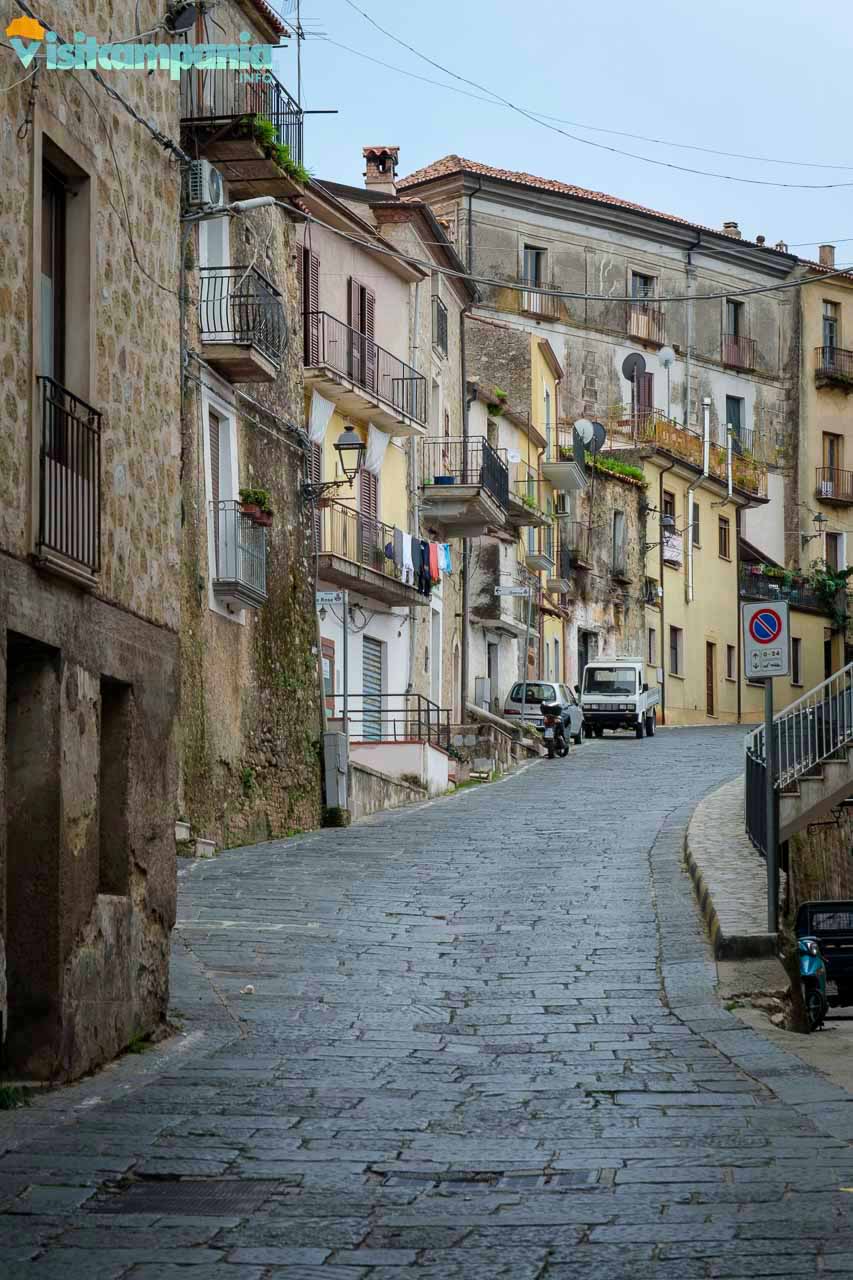
Nestled among the hills of the Cilento National Park, Centola is nestled on a small hill , where stone houses and narrow streets tell centuries of history. The religious and cultural heart of the village is the Church of San Nicola di Mira , built in the 17th century. A few steps from the church stands the Palazzo Baroniale Rinaldi , once the residence of a local noble family.
Trekking and nature
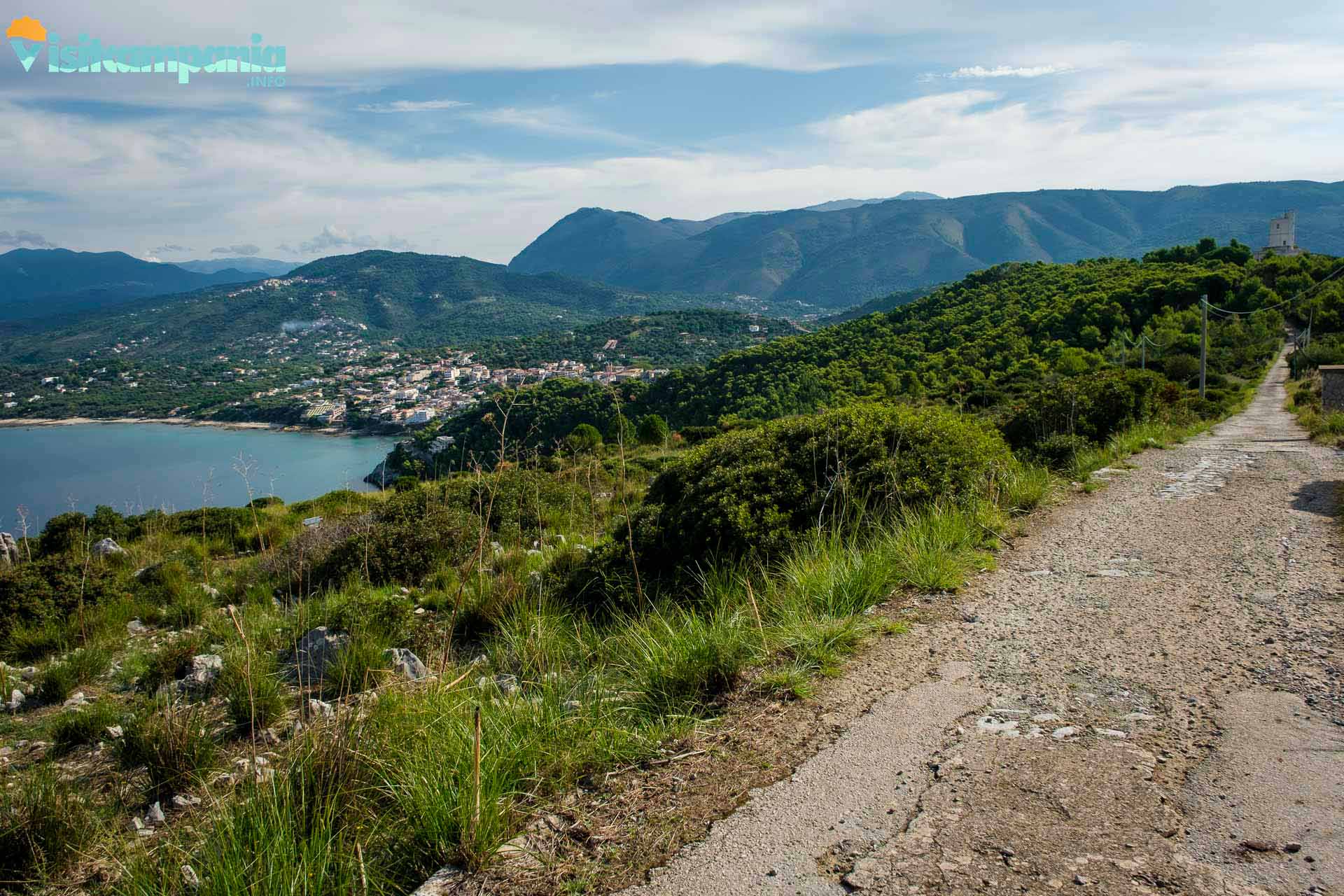
The Centola / Palinuro area is crossed by various trekking routes, suitable for all levels of experience .
One of the most evocative is the Sentiero della Primula , which traverses the heights of Cape Palinuro. From here, you can enjoy a panoramic view of the entire Gulf of Policastro. The trail offers stretches immersed in Mediterranean scrub, scented with myrtle and wild rosemary, natural caves, and balconies overlooking the blue.
For those who love wild nature, the Mingardo Gorge is ideal. A hike here allows you to explore hidden canyons, streams, and natural bridges. In spring, the landscape is filled with wildflowers and butterflies.
Palinuro is also a starting point for excursions to the Cilento National Park , a UNESCO World Heritage Site. Local guides offer organized tours, including nature guides, to discover plants, caves, and ancient rock settlements.
Excursions
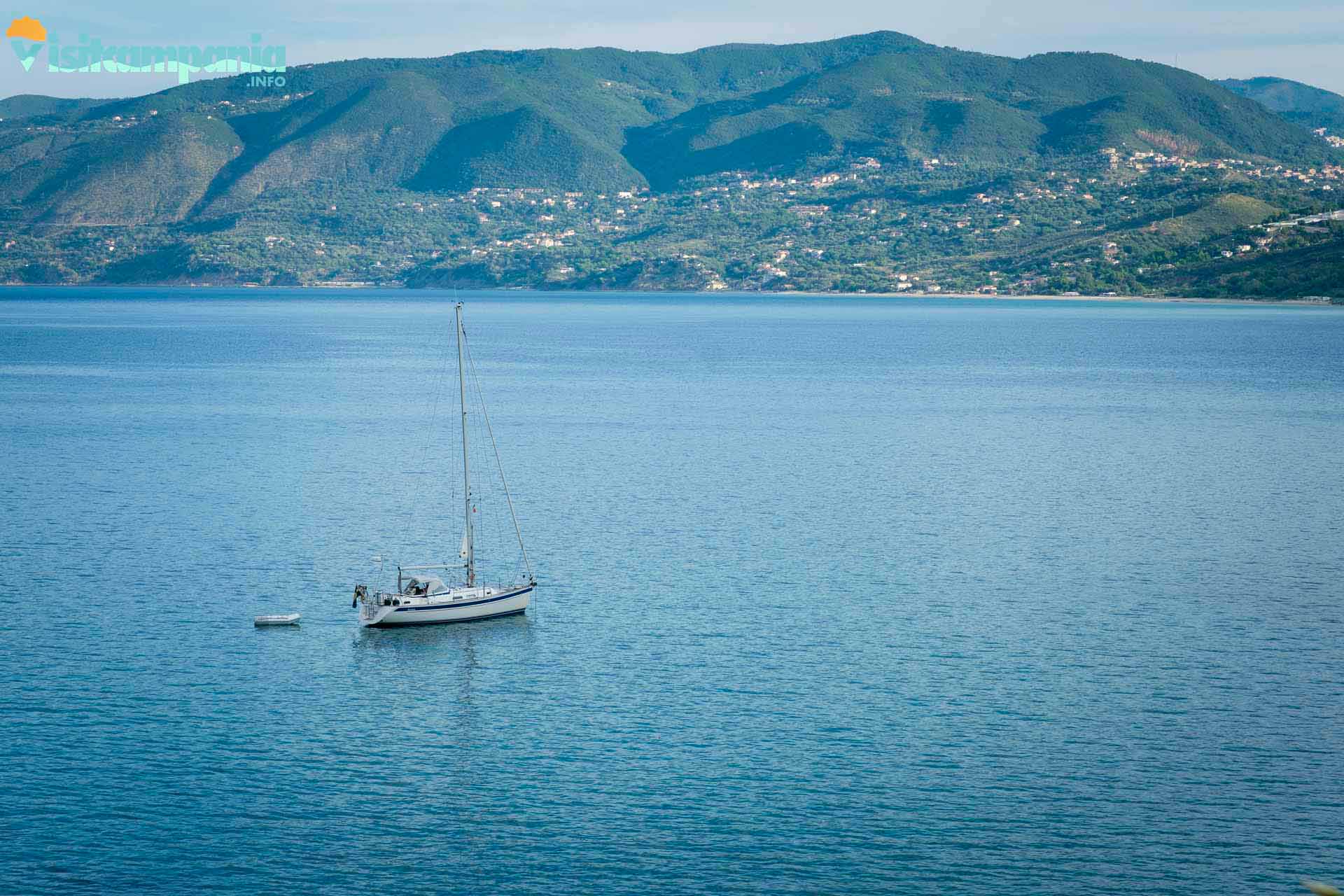
From the tourist port of Palinuro, gozzo excursions depart to hidden caves and coves . The Blue Grotto at Cape Palinuro is famous for the turquoise reflections that illuminate its walls. But there are also the Blood Grotto , the Monks’ Grotto , and the Nativity Grotto . Each cave has an evocative name and colors that seem painted. Among them all, Cala Fetente is particularly special, famous for the sulfurous vapors that create a unique atmosphere.
If you love the sea, you can join kayaking , snorkeling , or guided diving tours among the rich marine life and limestone cliffs. Some trips also include stops at beaches accessible only by sea, such as the Spiaggia del Buon Dormire (Good Sleep Beach), a paradise surrounded by green cliffs.
Finally, for a truly unique experience, many choose a sunset boat trip , with an aperitif on board and the sun dipping into the sea.
Events
One of the most anticipated events is the Palinuro Music Festival , held between July and August. The event hosts Italian and international artists, with free concerts in the square and by the sea. Genres range from pop and jazz to world music and singer-songwriters.
Among the most original events is the Feast of Sant’Antonio del Porto , held on September 25th to commemorate a miracle that occurred on September 25th, 1949, when, with the help of the Saint, some fishermen managed to save themselves despite stormy seas. Among the events on the program, the heartfelt procession at sea stands out.
The summer calendar also includes open-air theater performances, open-air cinema, guided nighttime excursions, and children’s workshops.
Food and wine
The undisputed star of the show is Cilento DOP extra virgin olive oil , the foundation of every local recipe. Fragrant and golden, it can be used raw or for slow cooking. The local cheeses are excellent: caciocavallo podolico , fresh ricotta , and mozzarella nella mortella (a Slow Food Presidium), wrapped in myrtle leaves. Artisanal cured meats such as soppressata , capocollo , and local sausage are also available, prepared using traditional methods and slowly aged. Preserved tomatoes, peppers, and eggplants preserved in oil tell the story of the peasant self-sufficiency of the past, now back in fashion.
Typical dishes include lagane pasta with chickpeas and Cilentana pizza with wild herbs. Fish , especially in Palinuro, is a constant presence: marinated anchovies , squid and potatoes , mixed fried fish , and fish soups are unmissable. Menaica anchovies , a Slow Food Presidium, are caught with traditional nets and processed by hand: an authentic delight of the Cilento coast. Local desserts ? Mustaccioli , dried figs with chocolate , castagnacci , and granola cake : simple yet intense flavors.
All this goes well with Cilento wines such as Aglianico , Fiano and Cilento Rosato DOC , perfect with meat and fish.


